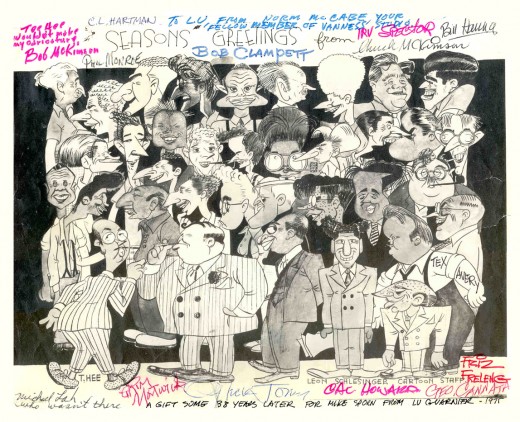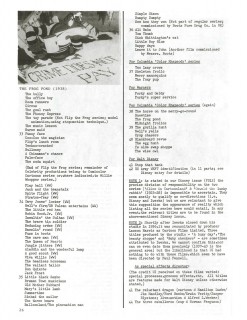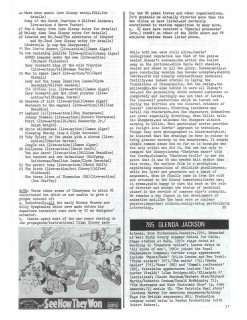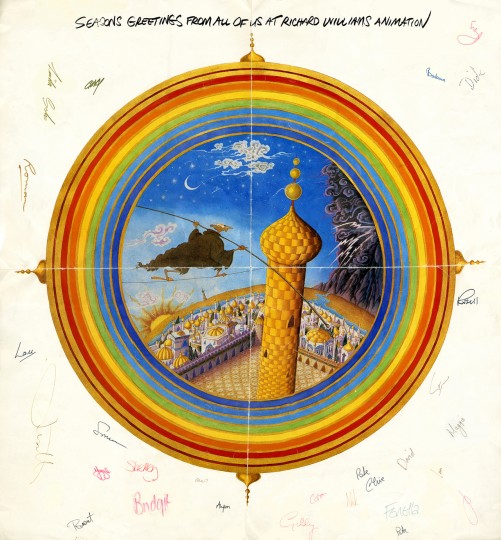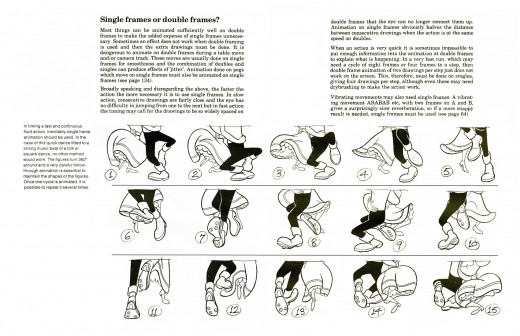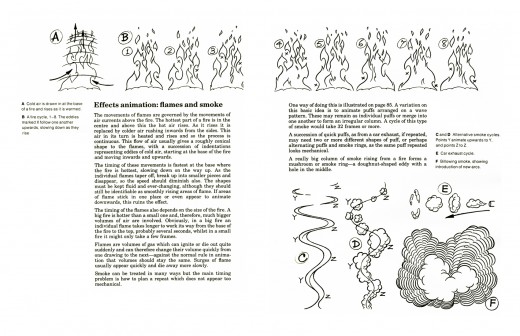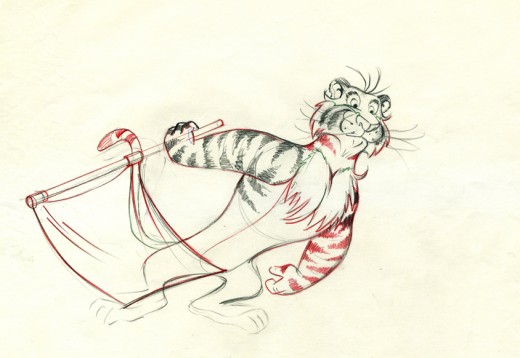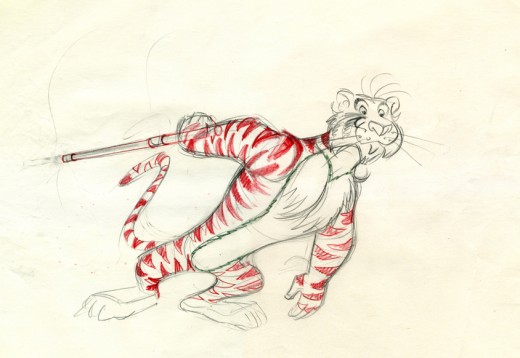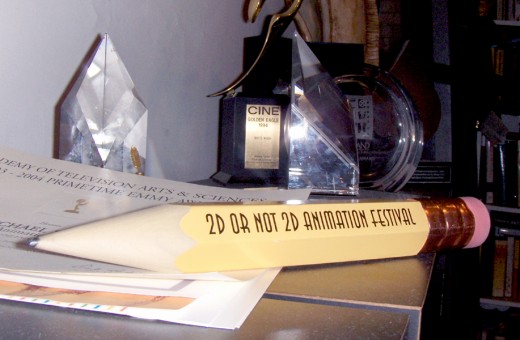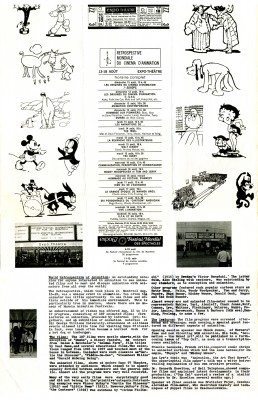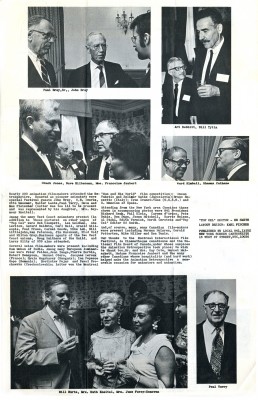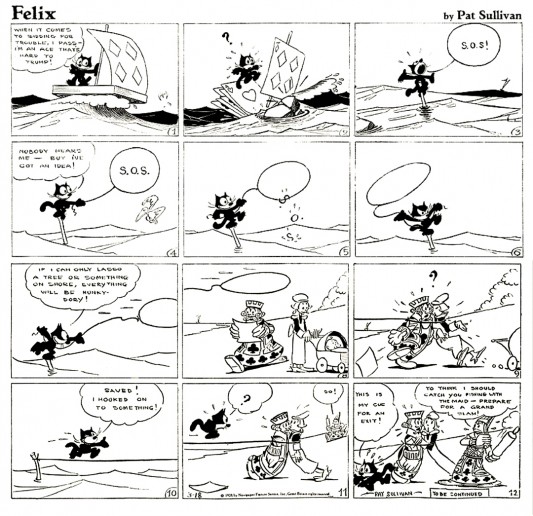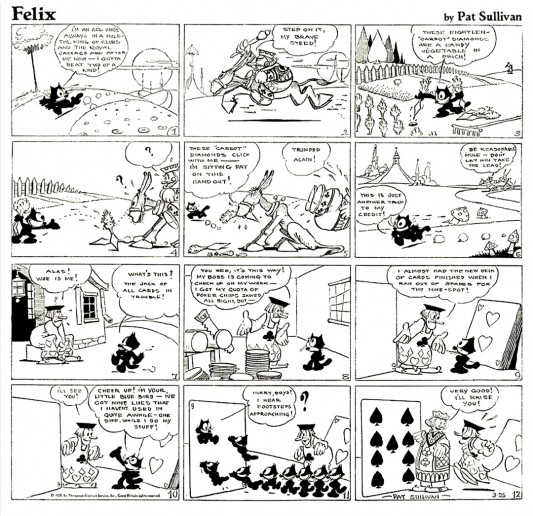Category ArchiveAnimation Artifacts
Animation Artifacts 24 Dec 2006 08:06 am
pre-Merry Christmas
- Years ago, Lu Guarnier, an older Warner Bros animator who relocated to NY after WWII and has been working here ever since, offered me a photostat of a christmas card from the WB studio back in 1937.
He came back two days later to say he was heading out to LA, and he’d see if he could get any of those pictured to sign it for me. Imagine my surprise when he came back with the card covered with signatures. Even some of those not in T.Hee’s drawing signed it. (Unfortunately, not T.Hee). They’d all met at a local watering hole. (I guess animators drank together back then.)
Though the card has been seen on line before, I thought it a good image to put up for Christmas eve, and I’ve identified a lot of the people in the picture. My favorite is Henry Binder; he stands out in his stiffness. The lord overseer. And the only one shorter than him is Friz.
Below is the key to I.D. most of T. Hee’s caricatures.
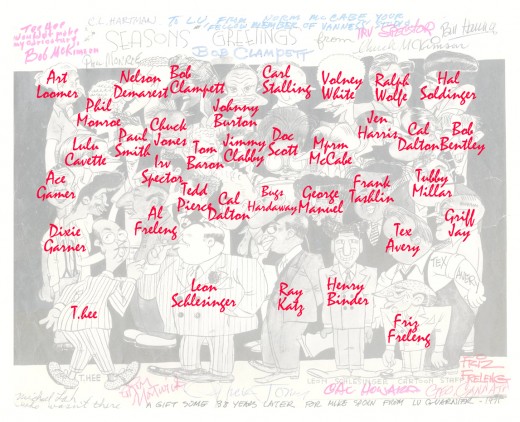
(Click on either image to enlarge.)
Animation Artifacts 22 Dec 2006 10:22 am
Iwerks – Film Fan Dope
- I make no bones about the fact that I have been a fan of Ub Iwerks‘ work as long as I’ve been a fan of animation.
The first 8mm short that I owned (at age 12) was a Castle Film version of Iwerks’ Jack and the Beanstalk. I studied that film frame by frame by frame, over and over again. Of course, it was directed by Grim Natwick with whom I discussed the film in the 70′s.

When I saw this issue of a 1968 Film Fan Monthly available, I had to buy it for the Mark Kausler article about Iwerks. (I have this desperate need to own things I love.) So, with apologies to Mr. Kausler, I’m posting the short, three page article. Since the magazine is long out of print – I felt it something worth sharing.
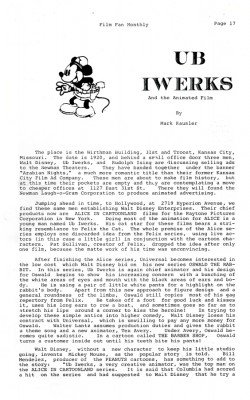
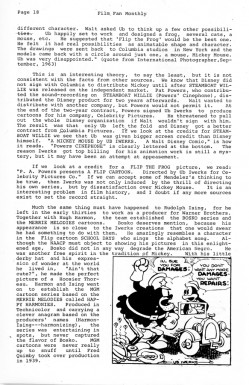
(Click any image to enlarge to a readable size.)
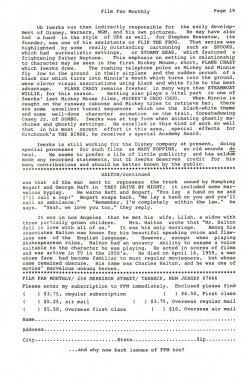
- I no sooner posted this article than I thought that perhaps I would put up the Film Dope piece on Iwerks as well. This Briish publication, as I mentioned before on this site, was a favorite of mine. I’ve tried to collect as many issues as I could locate. I’ve posted this once before in June, but it doesn’t hurt to connect the two articles.
The four page entry for Ub Iwerks follows:
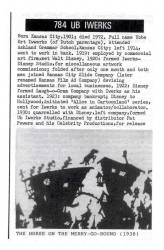
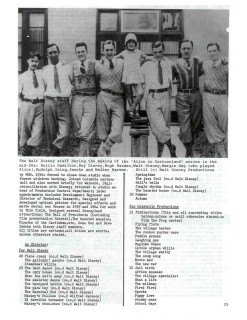
Animation Artifacts 21 Dec 2006 08:19 am
Top Cel Christmas
- MP Local 841, the NY Cartoonist’s Guild (when it was operational) printed their newsletter – Top Cel. This was the issue for Christmas 1944, 6 months before the end of WW II. The names of all those animation union members in the military show up in Santa’s Beard.
Since Christmas is a week away, and troops are “over there” (thanks to our scurrilous administration), I thought this would be appropriate.
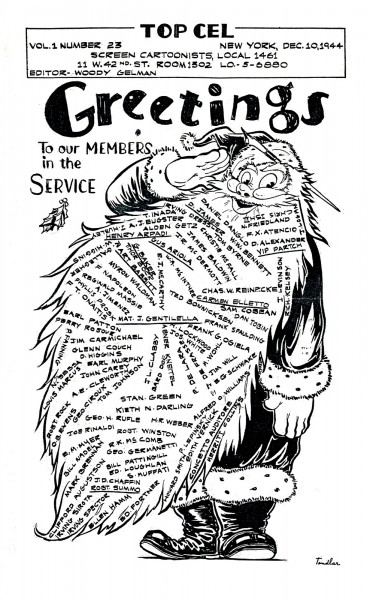
(Click on image to enlarge.)
Thinking about it, I wondered if any animation artists, other than Willard Bowsky, were killed in the War. I have some research to do.
In today’s Wall Street Journal John Canemaker has a piece about Joe Barbera.
Animation Artifacts &Richard Williams 16 Dec 2006 08:25 am
A Dick Williams Christmas
Animation Artifacts 15 Dec 2006 08:03 am
Harold Whitaker
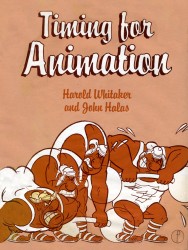
 - Harold Whitaker‘s “Timing For Animation.” is an animation book which I like very much, yet it has, I think, gotten short shrift in most animation circles.
- Harold Whitaker‘s “Timing For Animation.” is an animation book which I like very much, yet it has, I think, gotten short shrift in most animation circles.
The book can still be located on line, and I urge you to go for it. It reads like a hard covered Preston Blair primer, yet the information in it is much more detailed than Blair’s and doesn’t attempt lessons in how to draw. The focus stays solidly on how to animate.
The information is clear and concise with illustrations from HB films that Whitaker animated.
(Click on images to enlarge.)
Whitaker was the key animator at the Halas and Batchelor studio. His work has a looseness to it that stands out from most of the animation in the H&B product. He seems to have started animating during the production of Animal Farm and continued working right up through 1988.
Page by page the book offers what seems like a series of valuable lesson plans for would-be animators. There’s so much in the book, but it’s done in a deceptively simple manner, so it seems as if it’s not quite as thorough as it is.
Here, I’d like to post a couple of pages to give a sample of it for you.
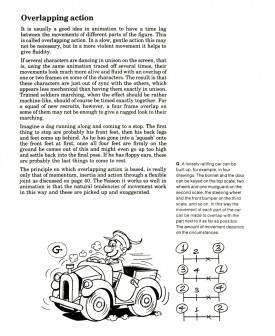
The book is called Timing For Animation for a reason. Timing is the essence of animation, and the book focusses on this topic. There are plenty of examples of production charts, exposure sheets and spacing charts.
There are the usual definitions of “Anticipation” and “Follow-thru.” But there’s also examples of “Timing to suggest Weight and Force;” and a breakdown of how to use “Timing Cycles” and the “Timing of a Walk.”
I like the book and have used it for my classes, when I did teach. I also usually recommend the book when I lecture about animation. If you’re not familiar with it, try to check it out.
Animation Artifacts 13 Dec 2006 07:57 am
Armin Schafer in NYC
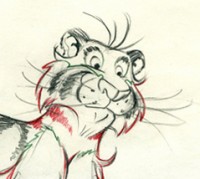 - Attached are three drawings of the Esso Tiger (Exxon was called Esso, once upon a time) drawn by Armin Schafer, who animated the spot.
- Attached are three drawings of the Esso Tiger (Exxon was called Esso, once upon a time) drawn by Armin Schafer, who animated the spot.
There was a discussion on Mark Mayerson’s blog about Schafer. He’s listed on Alberto Beccatini‘s site, as an animator on Disney’s The Country Cousin (1936), but there was some difficulty locating him, otherwise.
The comments page on Mark Mayerson‘s site reveals quite a bit of speculation about Armin Schafer‘s career, the spelling of his name, and even whether he exists. Finally, Tim Cohea aka Sogturtle answered the question:
. . .he was an assistant animator from AT LEAST Jan. 1938 until he was canned in Fall 1941. As such the REASON why we don’t see his name turning up as animator except on a couple of shorts (including this one) is because he was just an assistant… But that Riley graciously gave him some actual scenes to animate in “Mickey’s Birthday Party”, shortly before Shafer was fired. Armin shows as never being employed at Walt’s after that, which is why he’s not in the 1946 studio phone directory. Later on he turned up at John Sutherland’s as a full animator.
Armin Schafer, it turns out, was an animator for years working at Trans Film, then for Jack Zander at Pelican then Zander’s Animation Parlour. Described as “a big man” by Tissa David, he was very close with a number of NY animators. Tissa told me a story about him and Phil Eastman (P.D.Eastman, Tony Eastman‘s father.)
I’m sure he worked for a short time on Tubby The Tuba done at NYInstitute of Technology in the early 70′s. Johnny Gent (Gentilella) supervised the animation on that film – though he doesn’t get enough credit on it. However, Schafer’s name is not in the credits (nor are many of the people that worked on that bad movie.)
These are Schafer‘s Esso drawings.
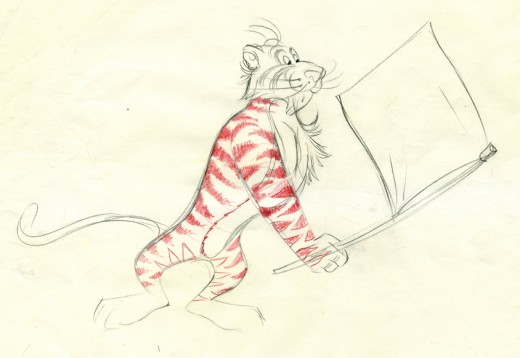
(Click on any image to enlarge.)
Anyone with more information on this animator, please feel free to comment.
 Additional Note:
Additional Note:
There’s an article in today’s NY Daily News about a new series for Nickelodeon co-created by Amy Poehler of Sat Nite Live fame. It seems Nick is generating some publicity about their new shows in production.
About Jack Zander.
It’s amazing how little there is on the internet about him, as well.
I came across an interview in a 2002 copy of the New York Times that I found interesting and thought I’d post here. I couldn’t link to the archives since most people probably don’t subscribe. This is a copy of it.
Animation Artifacts &Daily post 05 Dec 2006 08:07 am
Walt’s B’Day
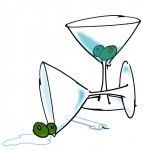 - It’s Walt Disney‘s Birthday; too bad he isn’t around to celebrate it. But it’s also the first anniversary of this blog, so I can celebrate that. Cheers!
- It’s Walt Disney‘s Birthday; too bad he isn’t around to celebrate it. But it’s also the first anniversary of this blog, so I can celebrate that. Cheers!
Disney in the Times and Time Magazine.
. This past weekend there were a number of interesting developments, reported in the NYTimes, regarding the Disney animation department. On Friday (as reported Saturday in the Business Section), the studio will let go of 160 employees – 25% of the animation staff.
. Then on Sunday, we learned that they’re about to produce a number of short films for distribution to open before some of their features. Apparently, they’ll make the new shorts with fewer people.
. Reports that John Lasseter decided to overide Musker & Clements choice of Alan Menken to write the songs and score The Frog Princess seems to be creating a bit of a stir. You can read about it on Jim Hill Media.
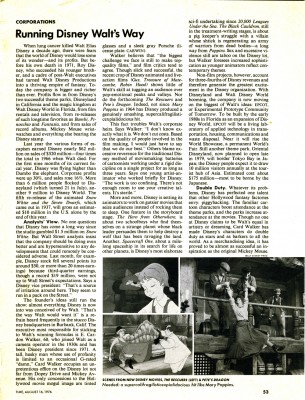 For some reason all this confusion (maybe it’s just I who is confused) reminds me of the period after Walt Disney died in 1966. It seemed that the studio had some difficulty operating without him. Decision making was difficult since everyone wanted to continue the legacy.
For some reason all this confusion (maybe it’s just I who is confused) reminds me of the period after Walt Disney died in 1966. It seemed that the studio had some difficulty operating without him. Decision making was difficult since everyone wanted to continue the legacy.
The primary question seems to have been, “How would Walt have done it?”
Roy Disney was able to push the studio along for a short bit, but things started going wrong under Ron Miller‘s (Walt’s son-in-law) leadership. Ron knew nothing about animation or films – he was known for being a football player. His decisions took the studio down the wrong road. Profits rolled in but were not quite what they should have been. There was also a lot of dissension.
(Click on the images to enlarge to a readable size.)
An unsuccessful hostile take-over attempt gave the studio a jolt and brought in some big-time operators – Eisner, Wells and Katzenberg who really brought the studio up to date and got the profits to start multiplying.
They also jump-started the near-dead animation department back into life. The Little Mermaid, Beauty and The Beast, Aladdin and The Lion King were certainly their doing.
Now, the studio is in a new era – the Iger years. I thought it might be interesting to look back a bit to the somber days of animation at the Disney studio – The Black Cauldron, anyone?
The above article appeared in Time Magazine in 1976 about the company’s business affairs, and I thought it a good read given the history that came after this.
Disney at The New Yorker
- How appropriate this week for The New Yorker magazine to have an extensive review of Neal Gabler‘s biography of Disney by their film critic, Anthony Lane. This article is available on-line and is worth the read. Go here to read it.
The on-line site also features a 1971 article by Calvin Trillin about Disney World.
Go here for this article, entitled “Are Ya Havin’ Fun?”.
The Golden Pencil
- As mentioned last week, we won the award for Best 2DAnimation at Tony White’s 2D or Not 2D Festival held in Washington State. It was a treat for me to hear from Tony that we’d won a “Golden Pencil Award.
Today the “Golden Pencil” arrived. It’s hilarious. A large stub of a pencil. I enlisted animiator Matt Clinton to pose for some snaps with the award.
 1
1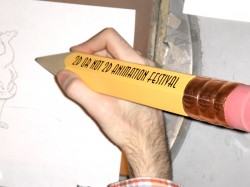 2
2
1. Matt animating with the “Golden Pencil.”
2. A CU of it in his hand.
A close-up of the “Award” among some other awards.
It’s not as close to the camera as it looks here.
Animation Artifacts &Daily post &Fleischer 01 Dec 2006 09:16 am
Mr. Bug Comes To Town for the Holidays
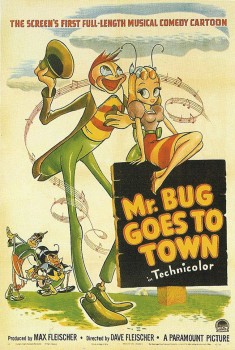 – Wednesday, I went to the Museum of Modern Art to see a screening of a new print of Mr. Bug Goes To Town. I didn’t quite expect a private screening; there were only four of us in the audience which seats a couple hundred.
– Wednesday, I went to the Museum of Modern Art to see a screening of a new print of Mr. Bug Goes To Town. I didn’t quite expect a private screening; there were only four of us in the audience which seats a couple hundred.
Over the holidays, from December 19 through January 2, MOMA is screening 10 family films. These include: Elf , Shrek, Babe, Meet Me in St. Louis, and The Adventures of Robin Hood, among others.
I first saw Mr. Bug when I was about 12.
It was shown at a local theater, and I couldn’t believe I hadn’t known about it. I had borrowed – in fact memorized – so many library books on animation, yet none of them had talked about it. (That was back in, roughly, 1958.)
The film was, to me, new and a gem.
This MOMA screening is the second time I was able to see the feature on a big screen, though I’ve seen it dozens of times on tv. (I own the dvd and a print and can watch it in 16mm, but that’s not quite the same thing.)
The film was a total flop when it was released in 1941. Pearl Harbor took place three days before its premiere, and the oncoming World War limited the distribution of most films. The European market was completely lost, and that represented 1/2 of the potential income. 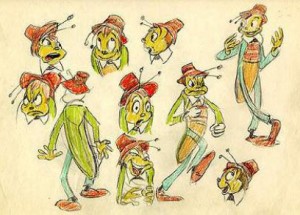
Paramount, under the leadership of Barney Balaban, took the opportunity to break up the Fleischer studio (they had obviously planned to do so in advance of the film’s limited release) and renamed it Famous Studios under the direction of Max Fleischer‘s son-in-law, Seymour Kneitel.
I’ve always loved aspects of the Fleischer studio animation. It’s so rooted in New York (despite the fact that the later stuff was done in Florida) that it absolutely screams out with an original charm of its own that completely separates it from Hollywood’s films.
The Fleischers obviously learned a thing or two from Disney, they stole a number of his animators (such as Grim Natwick, Al Eugster and Shamus Culhane) for Gulliver’s Travels and they brought Leigh Harline (who’d won the Oscar for Pinocchio) in to compose the film’s score and Pinto Colvig (the voice of “Goofy” did voices for both Fleischer features.)
Seeing the film again on a big screen accentuated the background styling of Robert Little. Given the closeup nature of the film, following small bugs about, the Backgrounds consistently fake a low depth of field look, as if it were a live action film. The backgrounds, with very few exceptions, are painted with at least 1/3 – usually more like 2/3 – painted out of focus. At first, I thought they were using some type of multiplane device to put areas of the bg’s out of focus. No, on the big screen you could see the texture of the paper or random specks of paint – clearly in focus. The effect is to highlight the characters and give a focal point for the audience. Brilliantly done.
Also there’s one beautiful point where they fade out the scene – to about 90% black – while keeping a small iris around the little bug at the piano. This before they fade out the entire scene. It’s an effect Martin Scorsese uses in The Departed, but Mr. Bug was done 70 years ago. They’re beautifully exploiting a silent film technique for dramatic purposes. 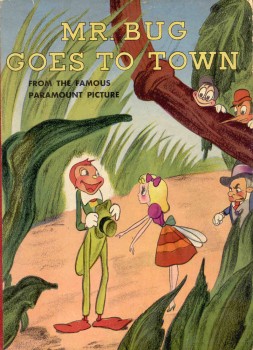 It’s an important film, and those who can make it in January should go.
It’s an important film, and those who can make it in January should go.
I posted some material from Mr. Bug Goes To Town back in February (a children’s book and sheet music).
Go here to relive that posting.
But back to MOMA. The film’s a beauty, and the print is good (some scratches but a beautiful IB Technicolor print.) The screening for the public will be on Jan 1 at 11:00 & 2:00. It’s a great way to start the New Year.
Mr. Bug Goes to Town (1942) Directed by Dave Fleischer. Screenplay by Dan Gordon, Tedd Pierce, Isidore Sparber, William Turner, Carl Meyer, Graham Place, Bob Wickersham and Cal Howard.
(Click on any image to enlarge.)
MOMA‘s complete holiday family film schedule is as follows:
- Elf Tuesday, Dec 19 Noon & 3:00
Big Saturday, December 23 and Sunday, Dec 24 Noon
The Adventures of Robin Hood Tuesday, Dec 26 11:00 & 1:30
Shrek Wednesday, Dec 27 11:00 & 1:30
Wallace and Gromit: The Curse of the Were-Rabbit Thursday, Dec 28 11:00 & 1:30
Babe Friday, Dec 29 Noon & 2:00
Madagascar Saturday, Dec 30 11:00 & 1:30
Ghostbusters Sunday, Dec 31 11:00 & 1:30
Mr. Bug Goes to Town Monday, Jan 1 11:00 & 2:00
Meet Me in St. Louis Tuesday, Jan 2 11:00 & 2:00
Animation Artifacts &Events &Festivals &repeated posts 28 Nov 2006 07:43 am
Montreal Expo 1967 – recap
- Today I’m posting a special issue of Top Cel, the NY animation guild’s newspaper. Dated August 1967, it celebrates the Montreal Expo animation conference and exhibition held that summer. Obviously, this was the place to be that year if you were an animation lover.
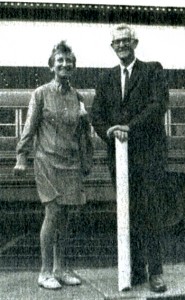 Just take a look at that list of signatures of attendees. Some of them are:
Just take a look at that list of signatures of attendees. Some of them are:
Chuck Jones, Peter Foldes, Manuel Otero, Edith Vernick, Abe Levitow, Don Bajus, Bill & Fini Littlejohn, John Halas, Ward Kimball, Ken Peterson, Shamus Culhane, Carl Bell, Pete Burness, Ub Iwerks, Gerald Baldwin, I. Klein, Gene Plotnick, Ian Popesco-Gopo, Carmen d’Avino, Bill Mathews, Len Lye, June Foray, Bill Hurtz, Spence Peel, Paul Frees, Steve Bosustow, Dave Hilberman, Stan Van der Beek, Les Goldman, Jimmy Murakami, Mike Lah, Robert Breer, Tom Roth, Art Babbitt, Feodor Khitruk, Fred Wolf, Ivan Ivanov-Vano, Paul Terry, J.R. Bray, Walter Lantz, Otto Messmer, Dave Fleischer, Ruth Kneitel, Bruno Bozzetto, Bob Clampett, Karel Zeman, Dusn Vukotic, Bretislav Pojar, Jean Image, Grim Natwick, Tissa David, Barrie Nelson, Andre Martin, Ed Smith, Dick Rauh, and John Whitney.
I guess they don’t make Festivals like they used to. There doesn’t seem to be much written about this event, and I wish some of those in attendance would write about it.
From the Wikepedia entry for Bill Tytla, there’s the John Culhane quote: On August 13, 1967, the opening night of the Montreal Expo’s World Exhibition of Animation Cinema, featured a screening of Dumbo as part of an Hommage Aux Pionniers. Tytla was invited, but worried if anyone would remember him. When the film finished, they announced the presence of “The Great Animator.” When the spotlight finally found him, the audience erupted in “a huge outpouring of love. It may have been one of the great moments of his life,” recalled John Culhane. I’m sure there were many such moments.
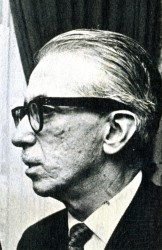 Just to make it all personal, let me tell you a story, although this has nothing to do with Montreal’s Exhibit.
Just to make it all personal, let me tell you a story, although this has nothing to do with Montreal’s Exhibit.
Pepe Ruiz was the u-nion’s business manager. In 1966 – the year prior to this expo – I was a junior in college, determined to break into the animation industry. Of course, I knew the military was coming as soon as I graduated, but I called the u-nion to have a meeting with Pepe. I wanted to see what the likelihood of a “part time job” would be in animation. This took a lot of courage on my part to see what the u-nion was about. I pretty well knew part time jobs didn’t exist. There was no such thing as interns back then.
Pepe was an odd guy who kept calling me “sweetheart” and “darling” and he told me that it was unlikely that I could get something part time in an animation studio.
However he did send me to Terrytoons to check it out.
I met with the production manager, at the time, Nick Alberti. It was obvious I was holding up Mr. Alberti’s exit for a game of golf, but he was kind and said that part time work wasn’t something they did. (He moved on to Technicolor film lab as an expediter after Terry‘s closed. I had contact with him frequently for years later, though I never brought up our meeting and doubt he would have remembered it.) Ultimately, I was pleased to have been inside Terrytoons‘ studio before it shut down shortly thereafter. A little adventure that let me feel as though I was getting closer to the world of animation.
The photos of the Expo are worth a good look. I’ve singled out those above to place around my text. The picture of Tissa and Grim is a nice one of the two of them together.
Ed Smith was the Top Cel editor at the time, and he put together a creative publication.
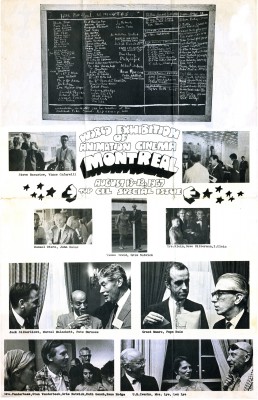 1
1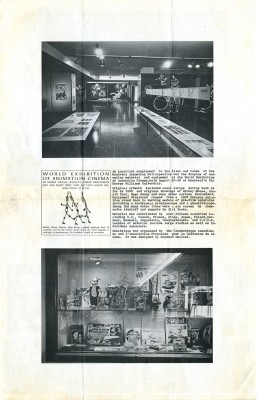 2
2
(Click on any image to enlarge.)
Animation Artifacts 22 Nov 2006 08:05 am
Silent Thoughts & Felix
- Felix the Cat was a remarkable series in the era of the silent cartoon.
Other than Felix, there were few interesting film series.
Among the best were the Dinky Doodle films 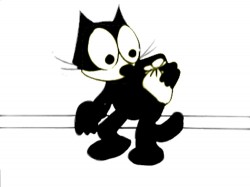 of Bray/Walter Lantz and the odd, rotoscoped Koko films of the Fleischer brothers.
of Bray/Walter Lantz and the odd, rotoscoped Koko films of the Fleischer brothers.
Most of the films in theaters were horrible: the tedious Col. Heeza Liar films of J.R.Bray, the tiresome, repetitive and endless Aesop Fables of Paul Terry, the Hearst recycled comic strips, and the Disney Alice films which stole from the worst of them (the Terry cartoons.) Disney improved substantially with some of the Oswald films.
In this lot, the Felix films were enormously creative and entertaining.
(Click on any image to enlarge.)
Pat Sullivan still gets credit for the character, but it is well known that Otto Messmer was responsible for putting him on the screen. Messmer and his animators imaginatively used the medium with graphic nuance and ingenious wit.
Don’t get me wrong; these films are still bordering on the unwatchable today. But back in the early Twenties, they had to have stood out from the pack. Felix would remove his tail to use for some other need. He’d take type out of the screen balloons to use for graphic gags. 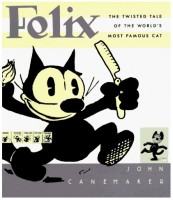 It often was quite clever how they manipulated the visuals for Felix to find his anmated deus ex machina.
It often was quite clever how they manipulated the visuals for Felix to find his anmated deus ex machina.
Of course, the book to read all about Sullivan, Messmer and Felix is John Canemaker’s Felix: The Twisted Tale of the World’s Most Famous Cat.
Unfortunately, the comic strips – which were often done by Otto Messmer as well – didn’t exploit this graphic sensibility well. Poring over a number of strips to find something to illustrate my point, I didn’t have the easiest of time locating the imaginative graphics that the animation always exploited.
Here, I give you two Sunday pages which do take advantage of the visuals around him.
